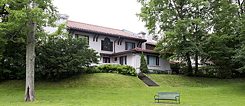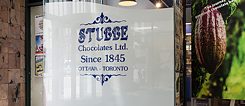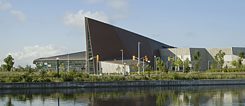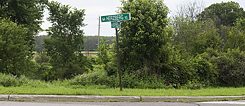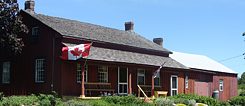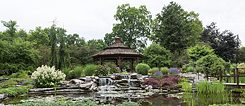On the traces of Germany in Ottawa and surroundings
Did you know...
... that the oldest family business in Ottawa is a German chocolate factory?
Many German immigrants from Quebec and Nova Scotia moved to Ontario during the 19th century. The largest German migration wave occurred after the American independence wars, when German immigrants from the United States crossed over to Canada. Ottawa's cityscape is influenced by German architect Werner Ernst Noffke. The German Nobel Prize winner Gerhard Herzberg, who came to Ottawa in 1948, also left his mark. Even a piece of the Berlin Wall and German chocolate have managed to find their way into the Canadian capital.

